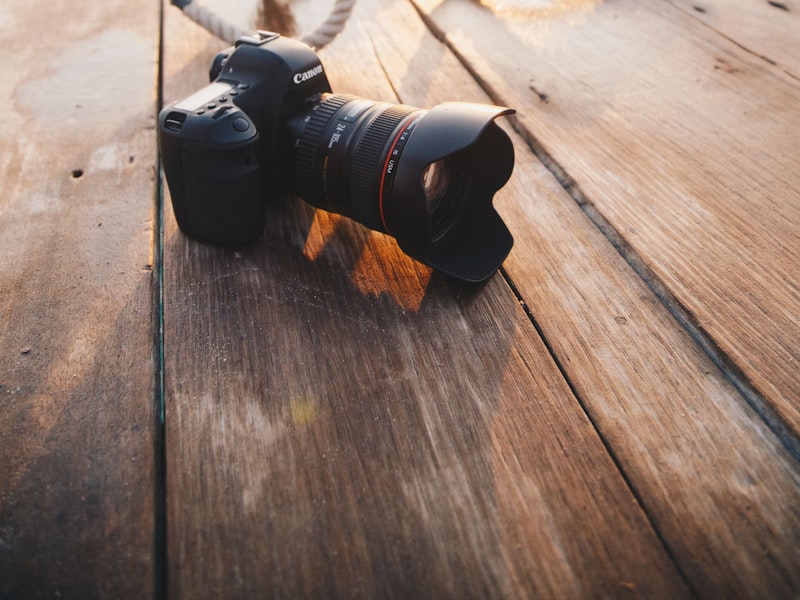How do you put champagne without making a mess?
Pouring champagne can be difficult- do it too quick and you'll end up with a sticky mess all over the place. But pour it too slowly and you'll end up with a flat, unappetizing drink. How can you put the perfect glass of champagne, without making a mess?
Here are a couple of ideas:
-Start by chilling your champagne. When you put it, this will assist to prevent it from foaming up too much.
-Get rid of the foil and wire cage from the bottle. Take care not to touch the cork, as this can trigger the champagne to foam up.
-Hold the bottle at a 45 degree angle and pour slowly into the glass.
-Tilt the glass as you put, so that the champagne flows equally over the surface area.
-Stop putting when the glass has to do with three-quarters complete.
-If there is any foam on the top of the champagne, simply spoon it off into another glass.
By following these easy ideas, you can put the ideal glass of champagne- without making a mess!
What are some of the advantages of taking a gap year?
There are lots of benefits to taking a space year, including gaining real-world experience, establishing brand-new skills, and exploring new interests.
Gap years offer students the opportunity to get valuable work experience in their field of interest. By taking a space year, students have the time to research study different career options and decide which path is right for them.
Gap years likewise supply students with the chance to establish brand-new abilities. Trainees can utilize their gap year to find out a brand-new language, take on challenging coursework, or take part in outside adventure programs. These experiences can assist trainees establish essential abilities such as analytical, versatility, and teamwork.
Gap years use students the possibility to explore brand-new interests. Trainees can utilize their space year to travel, take part in service tasks, or take on other distinct experiences. These experiences can help trainees discover more about themselves and the world around them.
In general, taking a space year can be a fantastic way for trainees to acquire real-world experience, develop new abilities, and check out new interests.
How do you pour champagne without losing the bubbles?
How do you pour champagne so that the bubbles last longer?
The bubbles in champagne are carbon dioxide gas that is released from the white wine as it ferments. When you open a bottle of champagne, the pressure inside the bottle decreases and the carbon dioxide gas is launched. The bubbles in champagne are formed when the co2 gas is launched and increases to the surface of the red wine.
To pour champagne so that the bubbles last longer, you need to put it slowly so that the co2 gas is not released too quickly. When you put champagne, hold the bottle at a 45-degree angle and pour it into the glass so that the champagne hits the side of the glass. This will help to keep the carbon dioxide gas in the champagne.
The carbon dioxide gas will be launched and the bubbles will vanish if you pour champagne too quickly. So, pour champagne slowly and carefully to keep the bubbles in the red wine.
What are the advantages and disadvantages of taking a space year?
A space year is a year spent taking some time off between life phases, usually between high school and college. Students usually take a space year to travel, work, or volunteer before beginning college.
There are lots of advantages and disadvantages to taking a gap year. Some pros consist of having time to develop, check out the world, and gain work experience. Growing can be useful because trainees who take a space year often go back to school more fully grown and focused. They might likewise have a better sense of what they want to study.
Checking out the world can likewise be useful. Trainees who take a trip during their space year typically have stories and experiences that they can share with their classmates. They may also be more culturally aware and unbiased.
Acquiring work experience is another pro of taking a space year. Trainees who work during their space year frequently have a benefit when they enter the job market after college. They might also have a much better understanding of what they wish to make with their lives.
This Site Some cons of taking a gap year include the expense of travel and the danger of not returning to school. Some students who take a gap year never return to college, and they may miss out on out on the advantages of a college education.
Overall, the advantages and disadvantages of taking a gap year depend upon the private trainee. Some trainees may find that a gap year is helpful, while others may discover that it is not the best option for them.
How do you put champagne so that it doesn't go flat?
When you put champagne, you wish to put it so that it doesn't go flat. There are a few things that you can do to assist keep your champagne from going flat. You want to make sure that you pour it into a flute. This will help to keep the champagne from losing its bubbles. Second, you want to pour the champagne gradually. This will help to keep the bubbles in the champagne. You want to make sure that you don't let the champagne sit for too long. The champagne will go flat if you let it sit for too long.
